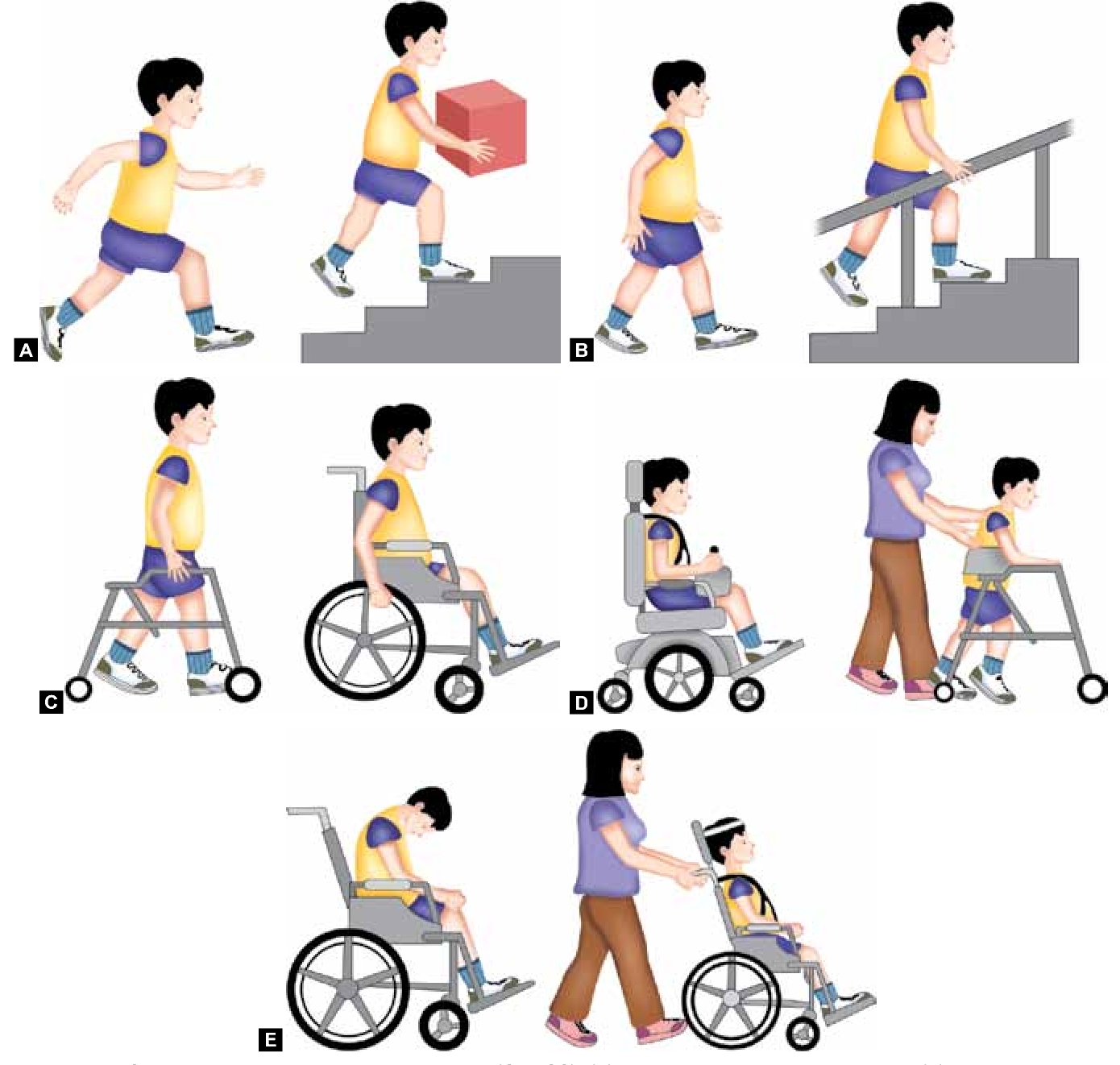Cerebral palsy is a neurological condition that affects movement, co-ordination, posture and tone. It is caused due to injury to the brain that occurs before, during or soon after birth.
What are the symptoms of cerebral palsy?
The symptoms of cerebral palsy aren’t usually obvious just after a baby is born. They normally become noticeable during the first two or three years of a child’s life.
Symptoms can include:
- delays in reaching development milestones – for example, not sitting by eight months or not walking by 18 months
- seeming too stiff or too floppy
- weak arms or legs
- fidgety, jerky or clumsy movements
- random, uncontrolled movements
- walking on tip-toes
- a range of other problems – such as swallowing difficulties, speaking problems, vision problems and hearing problems
The severity of symptoms can vary significantly. Some people only have minor problems, while others may be severely disabled.
What are the causes of cerebral palsy?
Cerebral palsy can occur if a baby’s brain doesn’t develop normally while in the womb, or is damaged during or soon after birth.
Causes of cerebral palsy include:
- Reduced blood and oxygen supply to their brain (birth asphyxia)
- Bleeding into the brain (usually in premature babies)
- An infection caught by the mother during pregnancy
- Extreme prematurity
- Meningitis (infection of the brain and lining of the brain)
- Hypoglycemia (low blood sugar in babies in the first week of life)
- Head injury
But in many cases, the exact cause isn’t clear. It is important to know what is the cause of cerbral palsy and this will be done by the pediatric neurologist after talking with you, and if needed by doing some investigations. Many children get the label of cerebral palsy, when they actually may have another condition which may be treatable.
What investigations are needed in a child with cerebral palsy?
In some cases, it is essential to do selected investigations so that the underlying cause of cerbral palsy is confirmed.
- MRI brain scan can look at the structure of the brain and look at the extent of brain injury, this may help in understanding how to structure further treatment
- EEG to look at the brain activity if the child is having seizures or seizure-like episodes
- BERA to review the hearing potential of the child
Other tests may be needed if the cause of the cerebral palsy is not clear.
What are the treatment options for children with cerebral palsy?
There’s currently no cure for cerebral palsy, but treatments are available to help the child’s symptoms and help in motor and neurological development. Often these therapies are needed for long time, and sometimes even for life. Hence, these should not be discontinued without discussing with the pediatric neurologist.
Treatments include:
- Physiotherapy – techniques such as exercise and stretching to help maintain physical ability and hopefully improve movement problems and assist in walking
- Speech Therapy -to help with speech and communication, and swallowing difficulties
- Occupational Therapy – identify problems that you or your child have carrying out everyday tasks, and suggests ways to make these easier, they concentrate mainly on upper limb function and fine motor tasks
- Medication for muscle stiffness and other difficulties (abnormal movements, sleep, drooling, fits)
- Orthotics – to help with foot support, specialised shoes, splints for legs and hands
- Injections – in some cases botulinum toxin injections to the stiff muscles accompanied with intensive physiotherapy helps
A team of healthcare professionals led by the pediatric neurologist will work with you to come up with a treatment plan that meets your or your child’s needs. In addition, specialised reviews by the pediatric orthopedic surgeon, pediatric opthalmologist, pediatric dentist, neurodevelopmental pediatrician and special educator may be needed in some cases.
What is the outlook for children with cerebral palsy?
Cerebral palsy affects each child differently and it may be very difficult to predict what the outlook will be for you or your child.
Generally speaking:
- most children live into adult life and some can live for many decades
- the condition may limit your child’s activities and independence, although many people go on to have full, independent lives
- many children go to a mainstream school, but some may have special educational needs and benefit from attending a special school
- the original problem with the brain doesn’t get worse over time, but the condition can put a lot of strain on the body and cause problems such as painful joints in later life
- the daily challenges of living with cerebral palsy can be difficult to cope with, which can lead to problems such as depression in parents who care for the child
- Some children who have severe cerebral palsy may suffer with frequent seizures or repeated chest infections which may prove fatal sometimes and good management overall is essential.
About 10 years back, most clinicians would be very negative about the outlook for children with cerebral palsy. We did not have comprehensive therapies and medications at that time. Now with the availability of such treatment options, it is essential that we work hard to make these children independent and functional. Often parents want their child to become like any other child, despite understanding that their child has had a brain injury or deformity. Such parents are often disappointed when despite the therapies, their child does not perform as their peer. It is essential to set expectations right from the onset of the consultation and therapies.


